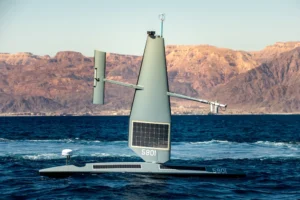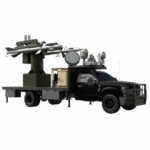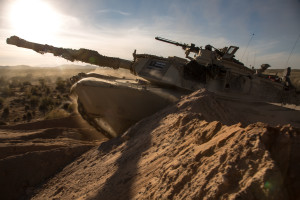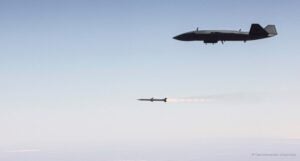
The House panel with responsibility for funding the Pentagon on Tuesday released its proposed defense budget, providing more than $1.3 billion to the Defense Department’s unit charged with helping to accelerate the adoption of commercial technology. The proposal by the House Appropriations Defense (HAC-D) Subcommittee for fiscal year 2025 far exceeds DoD’s $109.6 million request for the Defense Innovation Unit (DIU). For FY ’24, DoD sought $104.7 million and Congress ultimately appropriated $946.5 million for the unit. For FY ’25,…

 By
By 











